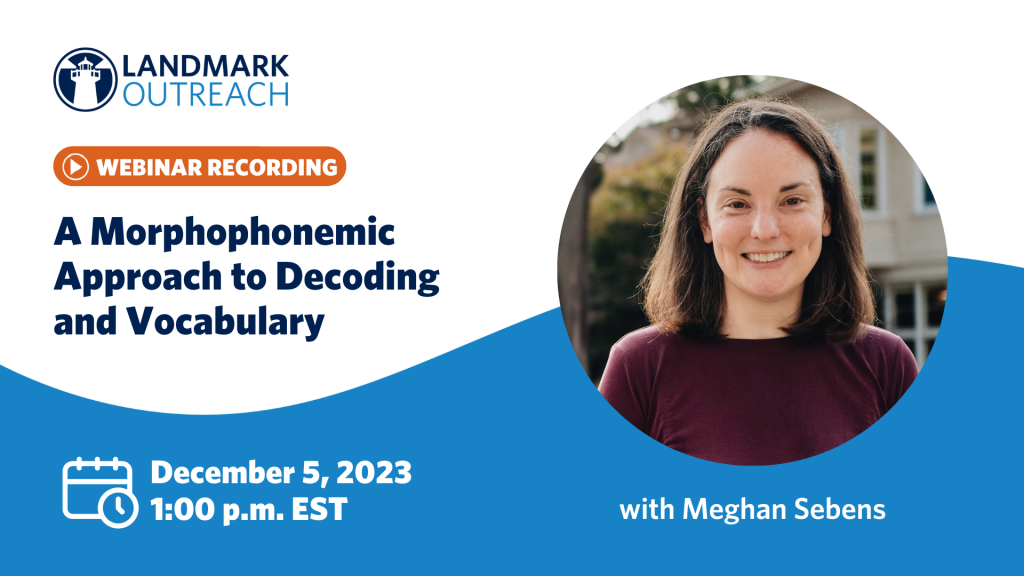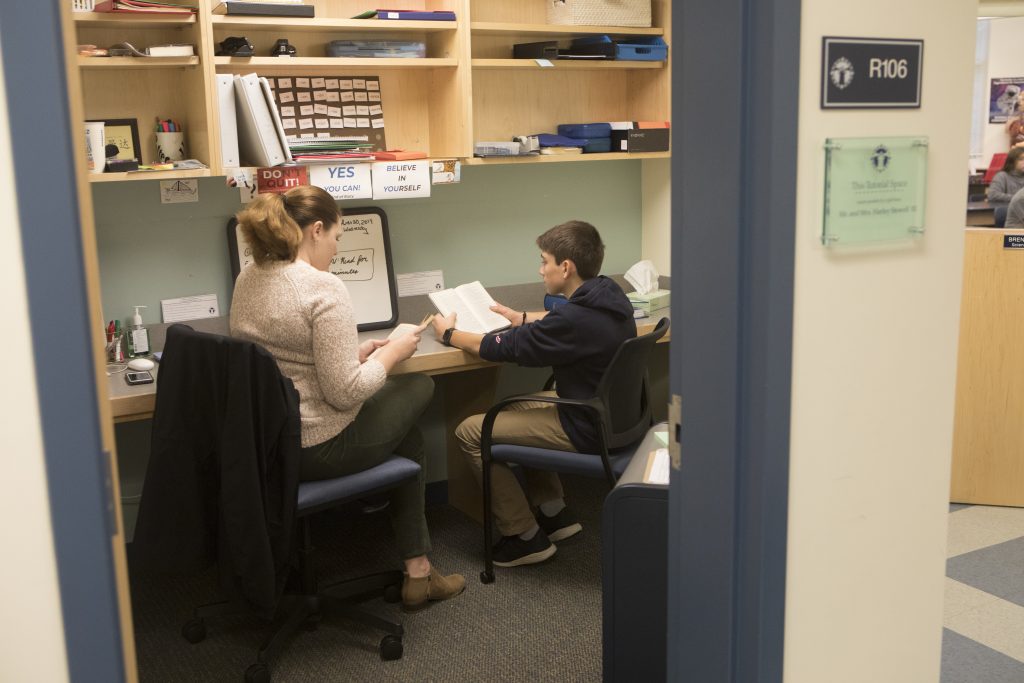Continuing with Collaborative Strategic Reading (CSR), this resource will examine the third step in the process: get the gist. While preview occurs before reading, both click & clunk and get the gist occur during reading. Essentially, get the gist refers to understanding the material and being able to identify who or what the reading is about (the topic) as well as what is most important about that topic. Get the gist focuses on the literal components of comprehension: do you know who or what it’s about and what is happening? Get the gist also focuses on guiding students to distinguish between relevant and irrelevant details. Their responses to questions should be limited to only what is most important when considering who and what the material is about.
Determining relevant versus irrelevant information is a skill that needs to be taught in isolation with direct and explicit instructions, especially when instructing students with language-based disabilities. In order to do so, teachers might consider taking guidance from Landmark’s Third Teaching Principle: Micro-Unit and Structure Tasks. By following this principle, teachers can introduce each skill in a manageable format before applying those skills to longer and more in-depth texts and concepts. For the full text of the Landmark Teaching Principles™, including “Micro-Unit and Structure Tasks,” click here.
Once students have learned various methods of determining important information, it is essential that instruction continue in the form of note-taking strategies. Several templates, which are included as downloadable attachments, can aid in student note-taking and serve to increase comprehension and retention of material.



